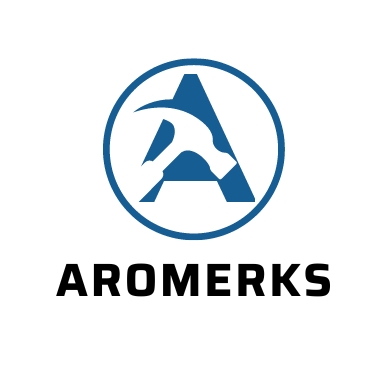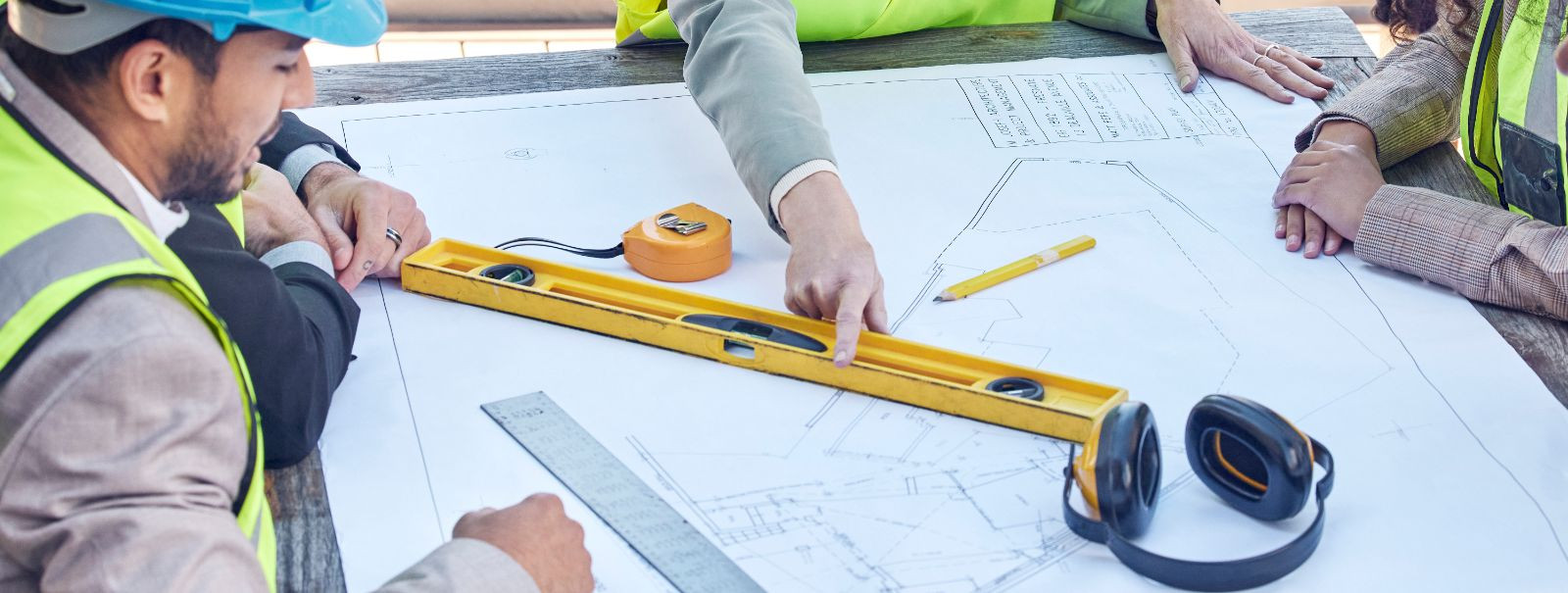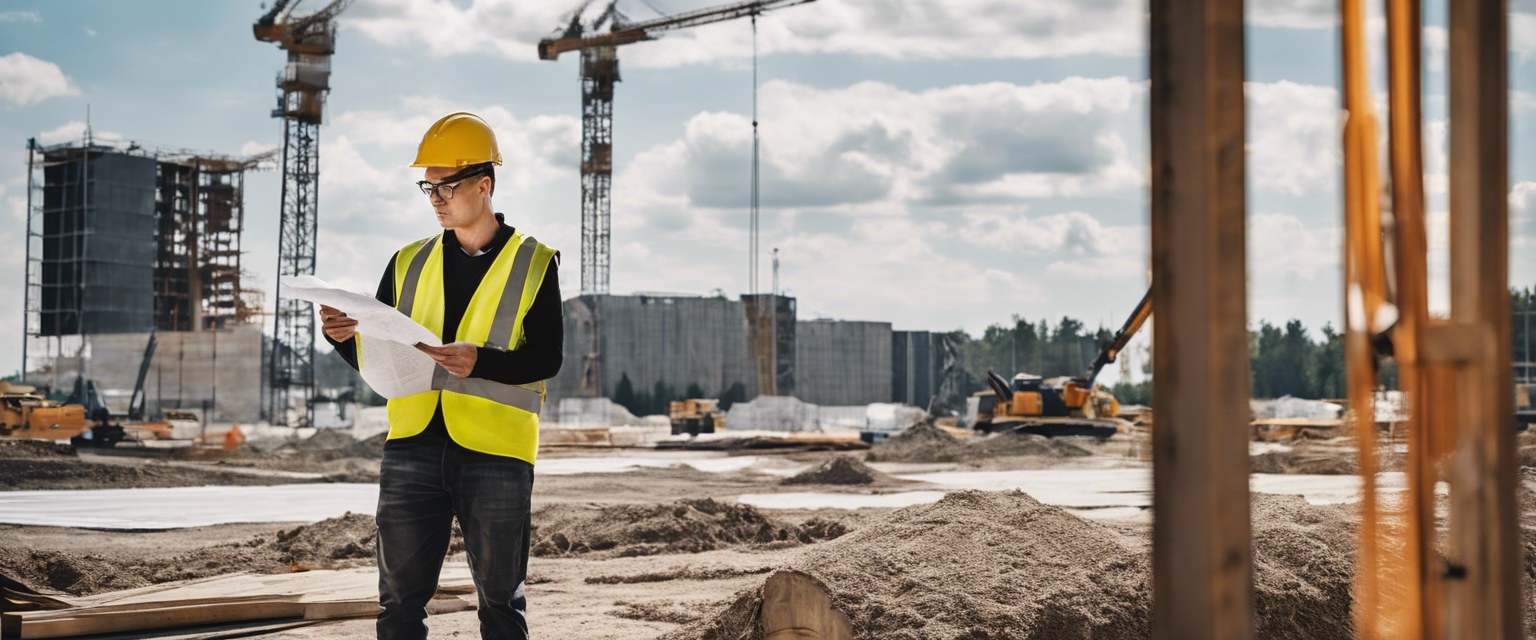5 trends shaping the future of construction in south estonia
The construction industry in South Estonia is undergoing a significant transformation, influenced by various trends that are shaping its future. Understanding these trends is crucial for property developers, local government bodies, and private homeowners who are looking for reliable construction partners. This post will explore five key trends that are expected to drive the future of construction in the region.
1. Sustainable Building Practices
There is a growing demand for sustainable construction materials and technologies in South Estonia. Innovations such as recycled building materials, low-VOC paints, and green roofing systems are becoming more prevalent. These eco-friendly options not only contribute to a healthier environment but also offer long-term cost savings.
Energy efficiency is at the forefront of sustainable construction. South Estonia is seeing an increase in projects that meet Passive House standards, which drastically reduce energy consumption and create more comfortable living spaces.
The Estonian government is supporting sustainable construction through various incentives and regulations. These include subsidies for energy-efficient renovations and requirements for new buildings to meet certain environmental standards.
2. Advanced Construction Technologies
BIM technology is revolutionizing the way construction projects are planned and executed in South Estonia. This digital representation of physical and functional characteristics of a facility allows for better collaboration and more accurate planning.
Prefabrication and modular construction methods are gaining traction in the region, offering faster construction times and reduced waste. These methods also allow for higher quality control and can be particularly beneficial in areas with harsh weather conditions.
The use of drones and robotics in construction is enhancing efficiency and safety on job sites. Drones provide valuable aerial data for site surveys and inspections, while robotics are being used for tasks such as bricklaying and concrete pouring.
3. Focus on Smart Cities and Urban Development
Smart city initiatives are incorporating the Internet of Things (IoT) to create more efficient and responsive urban environments. In construction, IoT devices can monitor building conditions and performance, leading to smarter maintenance and management.
As electric vehicle (EV) adoption grows, South Estonia is preparing by integrating EV infrastructure into new developments. This includes the installation of charging stations and planning for the increased electrical demand.
Urban planning in South Estonia is becoming more inclusive, with a focus on community involvement. This approach ensures that new developments meet the needs of residents and contribute to the overall well-being of the community.
4. Skilled Labor and Workforce Development
The construction industry in South Estonia is investing in training and education to ensure a skilled workforce. Partnerships with educational institutions and on-the-job training programs are essential for maintaining high standards of craftsmanship.
Efforts are being made to attract young talent to the construction industry, which is facing a labor shortage. By showcasing the industry's technological advancements and career opportunities, companies hope to draw in the next generation of workers.
Construction companies in South Estonia are placing a greater emphasis on safety and the well-being of their workers. This includes the adoption of new safety technologies and practices, as well as a focus on mental health.
5. Investment and Economic Growth
Public-private partnerships are becoming a key component of construction projects in South Estonia. These collaborations can lead to more efficient and innovative project outcomes.
South Estonia is attracting foreign investment in the construction sector, which is contributing to the region's economic growth and development.
Economic indicators suggest a positive outlook for the construction industry in South Estonia. Increased demand for both residential and commercial projects is expected to continue, driven by economic stability and growth.






Comments (0)